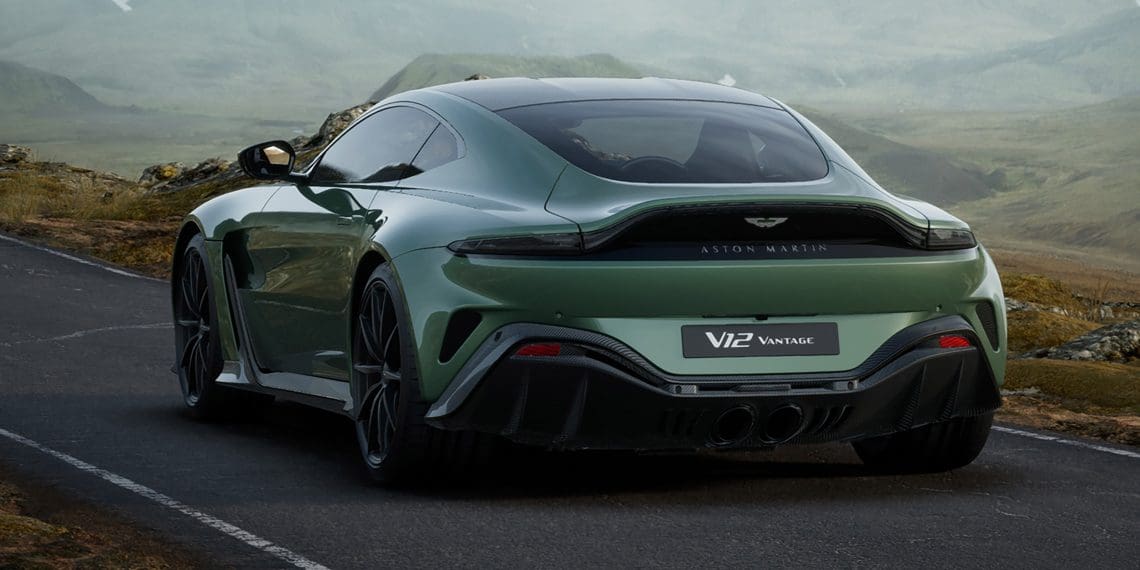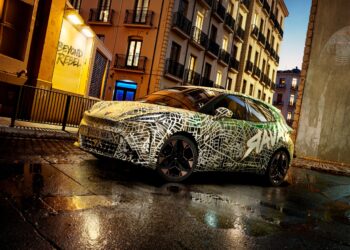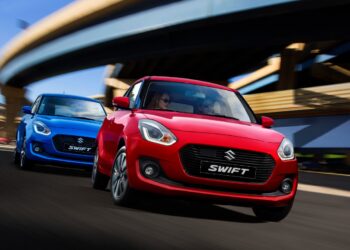For decades, the V-12 engine has been the beating heart of high-performance, emotion-driven supercars. But according to Aston Martin CEO Adrian Hallmark, time is running out for these mechanical masterpieces. By late 2028, the supply of Aston’s legendary 5.2-liter twin-turbo V-12 will come to an end, and by 2030, the brand will likely sell its last twelve-cylinder car.
As global emissions regulations tighten, even the most passionate enthusiasts and manufacturers can’t fight the inevitable. The days of screaming V-12s are numbered, and Aston Martin’s latest Vanquish—a final hurrah with 820 horsepower—stands as a tribute to an era that’s fading fast.
The Final Push for the V-12: A Dying Breed
Despite low-volume exemptions in certain markets, Hallmark acknowledges that the regulatory landscape will ultimately force Aston Martin to retire its most iconic powerplant. But for now, customers are still flocking to the Vanquish, eager to own a piece of automotive history before it disappears forever.
“Customers are ‘absolutely’ drawn to the new Vanquish and its monstrous 820-horsepower heart,” Hallmark stated. And who can blame them? Without stringent emissions caps, Aston Martin’s engineers could have extracted even more power, making it an even wilder beast.
But Aston isn’t alone in this V-12 farewell tour. Across the industry, manufacturers are making their final stand, producing what could be the last generation of twelve-cylinder monsters.
The Last V-12 Holdouts: Who’s Still Fighting?
The list of automakers still producing V-12s is shrinking rapidly:
🔹 Ferrari – The 12Cilindri and Purosangue still house a 6.5-liter naturally aspirated masterpiece.
🔹 Lamborghini – The Revuelto carries the brand’s final pure V-12 before hybridization fully takes over.
🔹 Mercedes-Maybach – The S-Class still offers a twin-turbo 6.0-liter V-12, but for how much longer?
🔹 Pagani – The Utopia retains an AMG-supplied V-12, one of the few still being built for ultra-luxury hypercars.
🔹 Rolls-Royce – The Ghost, Cullinan, and Phantom keep BMW’s long-serving V-12 alive—for now.
🔹 Gordon Murray Automotive – The T.33 and T.50 featured naturally aspirated Cosworth V-12s, but they’re long sold out.
Even Aston Martin’s own Valkyrie—powered by a Cosworth-built V-12—is already out of production.
The Legacy of the V-12: A Symbol of Power and Passion
There’s something irreplaceable about a V-12 engine. The symphony of cylinders, the seamless surge of power, and the emotional connection between car and driver make it more than just an engine—it’s an experience.
Alex Long, Aston Martin’s Director of Product Strategy, put it bluntly:
“The bigger the powertrain, the better it creates a ‘true emotional connection’ between the driver and the car.”
And yet, despite the passion behind these words, regulations will ultimately dictate the future. By 2030, Aston Martin’s final V-12 will roll off the production line, marking the end of an era—not just for Aston, but for the entire automotive industry.
What Comes Next? The Future of Aston Martin’s Powertrains
Aston Martin has already embraced the future, developing hybrid and fully electric models as part of its long-term sustainability strategy. But even with new EV supercars on the horizon, the raw emotion of a naturally aspirated V-12 will never be replaced.
As buyers rush to secure these last great machines, we’re witnessing the final chapter of the world’s most legendary powertrain.
The question is: will the soul of Aston Martin survive without it?













